Slime Rancher Linux: Complete Guide for 2025 Players!
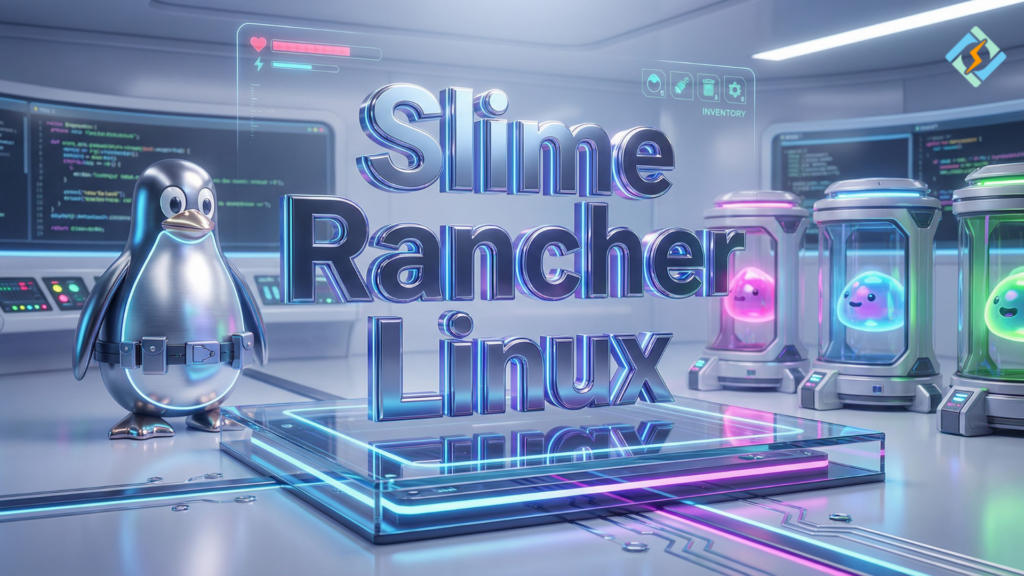
Do you love Slime Rancher but want to play it on Linux? You are not alone. Many Linux gamers search for ways to run Slime Rancher smoothly without switching back to Windows. This guide shows you how to download and install Slime Rancher Linux. And also, how to run the game safely and legally. Whether […]
Batocera Linux: Full Guide for Setup, Booting, Versions, and Best Alternatives
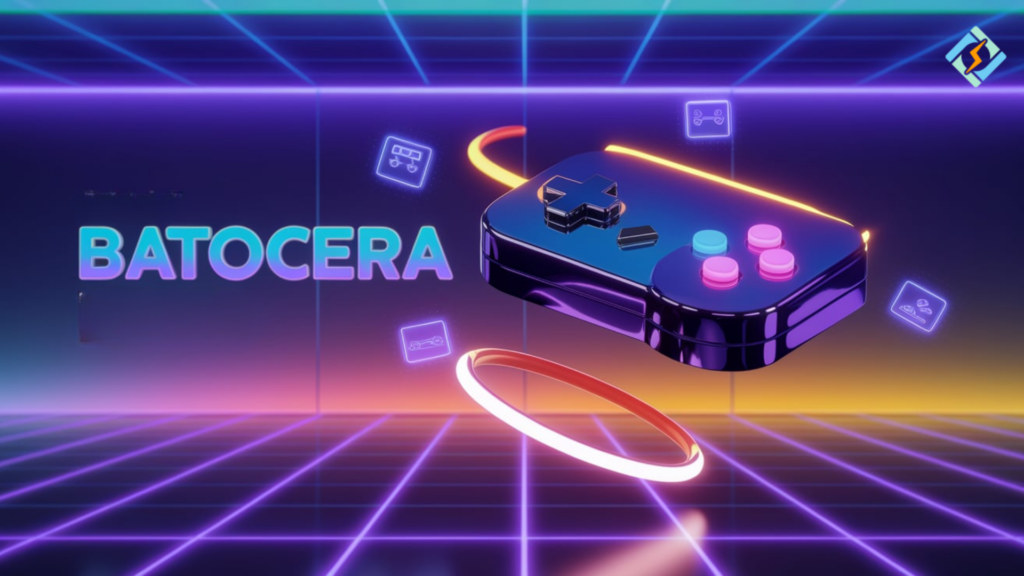
Batocera Linux has risen in popularity as it provides a fast, smooth retro gaming experience without any complex setup. There are still many users who are looking for a proper way to install it and how to boot Batocera Linux from USB, as well as how the new Batocera Linux 41 version works. If you are […]
Chimera Linux: A Clear Guide for Beginners and Power Users!
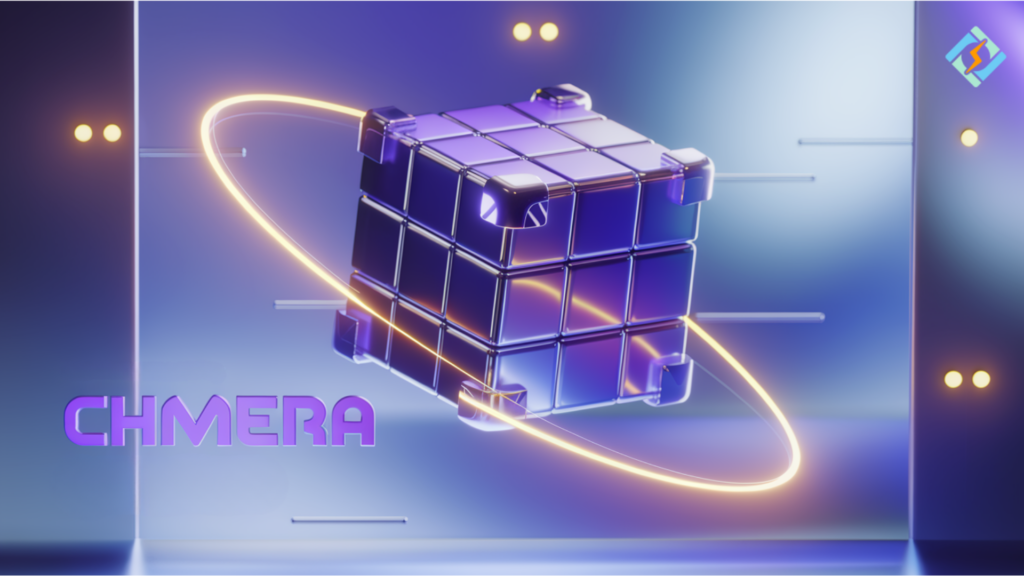
Chimera Linux is being watched as a new player that promises to inject some fresh design into the Linux industry. It combines the speed of a modern system with tools best suited to students, developers, and casual users. It’s popular because it eschews cluttered configurations and provides a minimalist space to work, code, or learn. In […]
Snipping Tool Linux: Easy Guide for You!

If you shift from Windows or just want a simple way to take clan screenshots, the snipping tool Linux is a solution. Linux has strong tools for this job. These tools can capture your screen, edit the images, add text, and share them with ease. You can easily use them on Ubuntu, Mint, Fedora, Arch, […]
PewDiePie Linux: How to Set Up Linux Like a Pro Gamer!
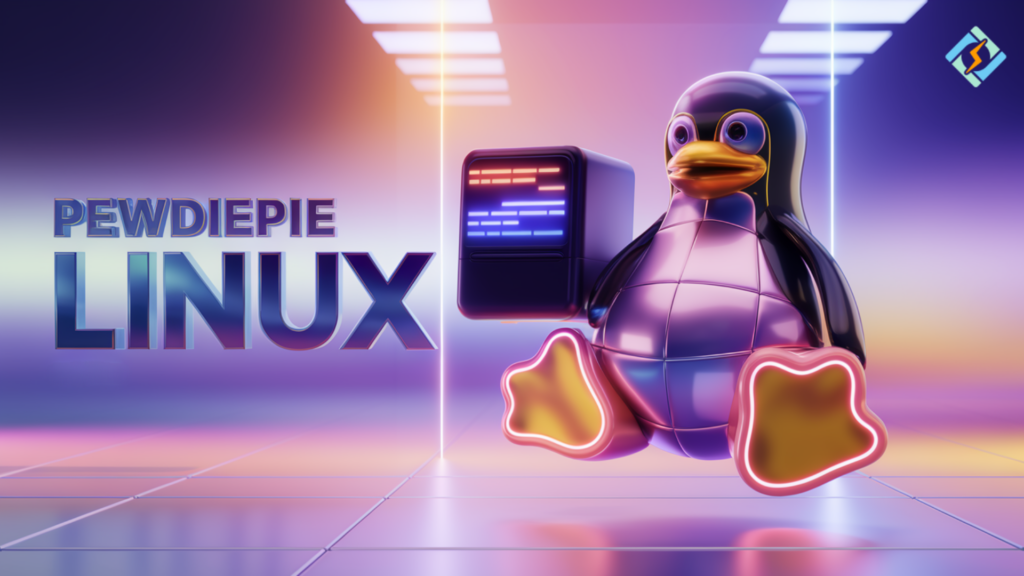
If you’re a fan of PewDiePie and curious about how he uses Linux for gaming, streaming, and productivity, you’re in the right place. Many think Linux is complicated, but with the right setup, it can be as smooth as any Windows or macOS system. PewDiePie Linux isn’t just about installing a distro; it’s about customizing […]
Asahi Linux: 7 Key Facts You Must Know Before Installing it!

Asahi Linux is one of the most interesting things happening in the Linux world right now. It is essentially running Linux on an Apple Silicon device, something that many would have deemed impossible a few years back. If you’ve ever worked with a MacBook (or similar Apple product) that used an M1, M2, M3, or M4 chip […]
UV Docker – A Clean, Flexible Way to Containerize Your Python Environments
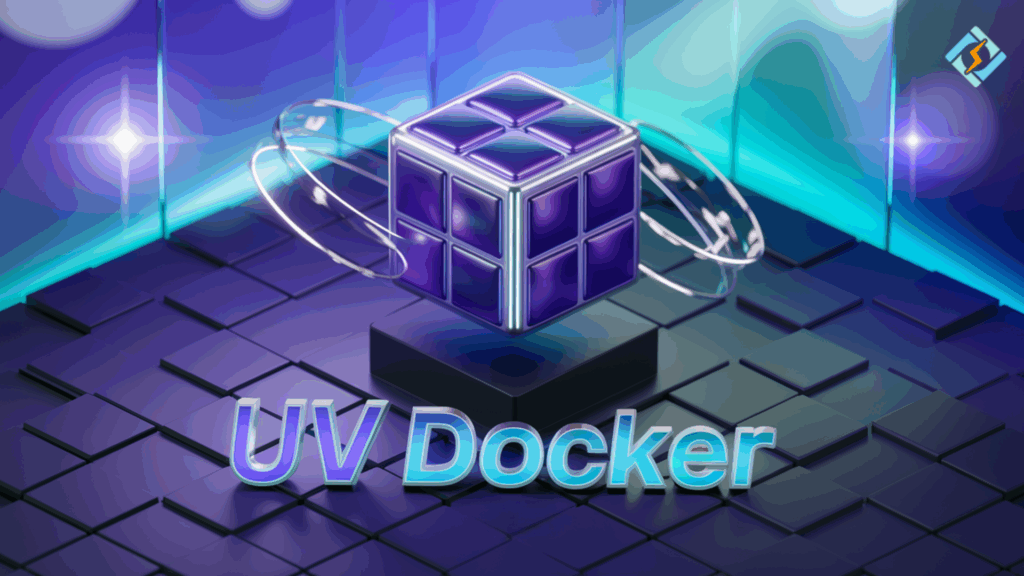
Modern software development requires a high level of speed, stability, and predictability within the development environment. The focus of developers is to build rather than fix version conflicts; this is why many development teams are now using UV Docker environments. UV is a lightweight, fast package management system for Python, which provides clean dependency resolution […]
Vaultwarden Docker Setup for a Safe and Simple Password Manager!
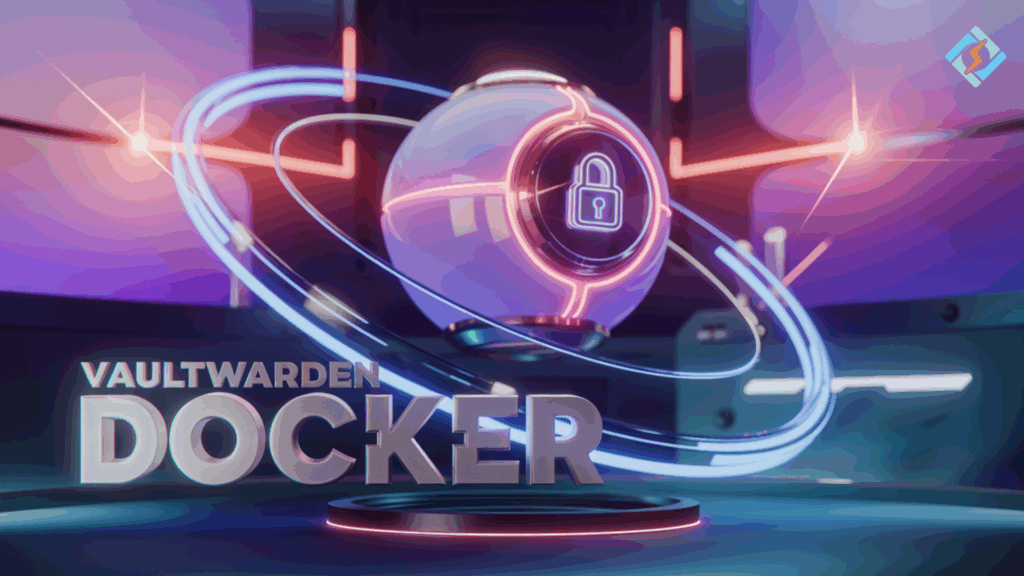
Most people wish to use a private password manager but want an easy setup. They wish to maintain control of their information. They wish for as little complexity as possible in their password manager setup. Because of this, Vaultwarden Docker has quickly become a popular option among many users. Because it offers a simplified version […]
Linux Mint vs Pop OS: Which One Fits Your Workflow Best?
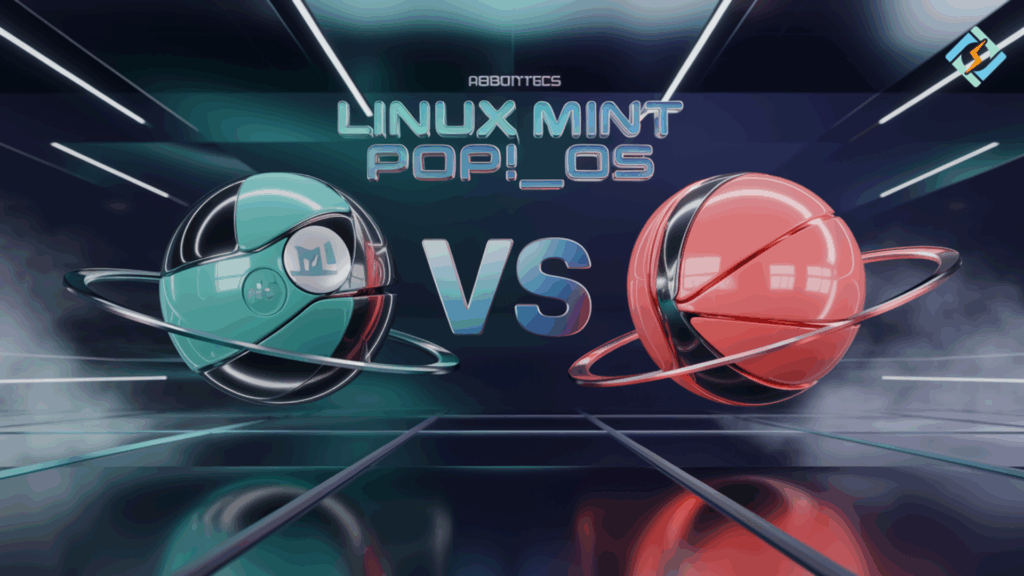
Ever think of Linux Mint vs Pop OS? Many people are just lost when it’s time to select the right Linux system. Both Linux Mint and Pop OS are walk-away candidates. Both have speed, agility, and a gentle learning curve. But they feel very different once you begin to rely on them. This is why the decision can […]
Calibre Docker Setup Made Simple for Fast Ebook Management
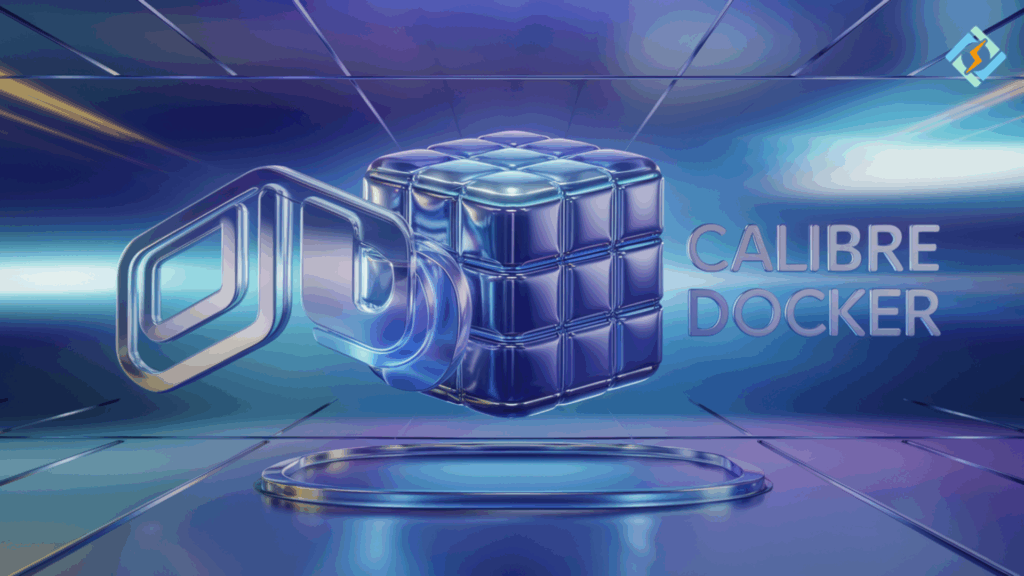
Nowadays, many users get lost in the e-book space. Files do not stay in order. Formats do not match. Some books lie in folders you don’t recall creating. Managing everything becomes hard. This is why increasingly more readers are now using Calibre Docker. It offers a clean system. It removes clutter. It keeps your environment stable. You’ve got […]
Unraid Docker Guide: Fix Services, Use Docker Compose, and Run Scrub Easily!
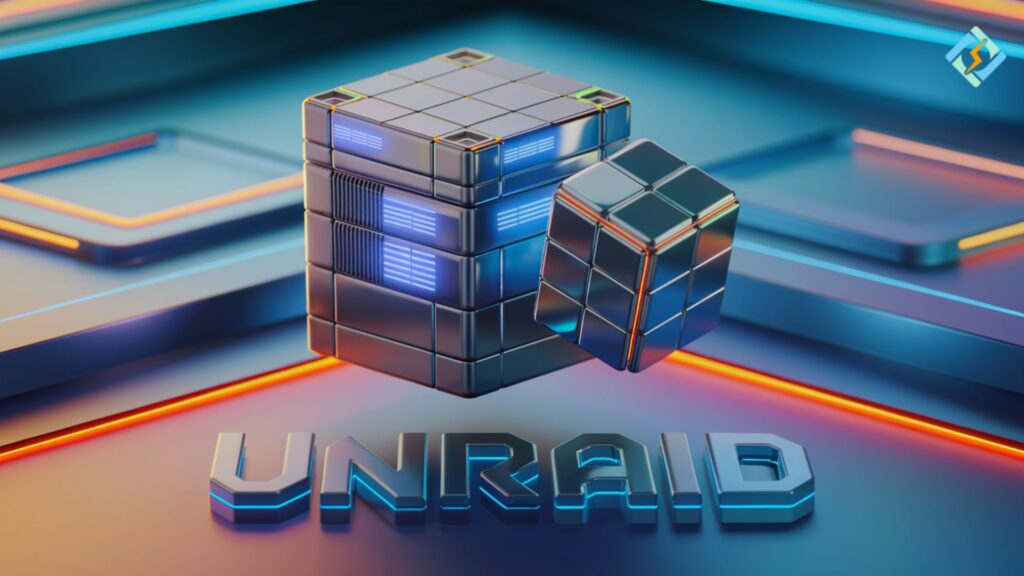
If you run apps on your home server, you know how annoying it is when Docker just decides to stop, or worse, won’t even start. You expect everything to load right away, but instead, you get hit with errors or things crawl to a halt. That’s where Unraid Docker comes in. It gives you a […]
Pop Linux Explained for New Users and Power Users
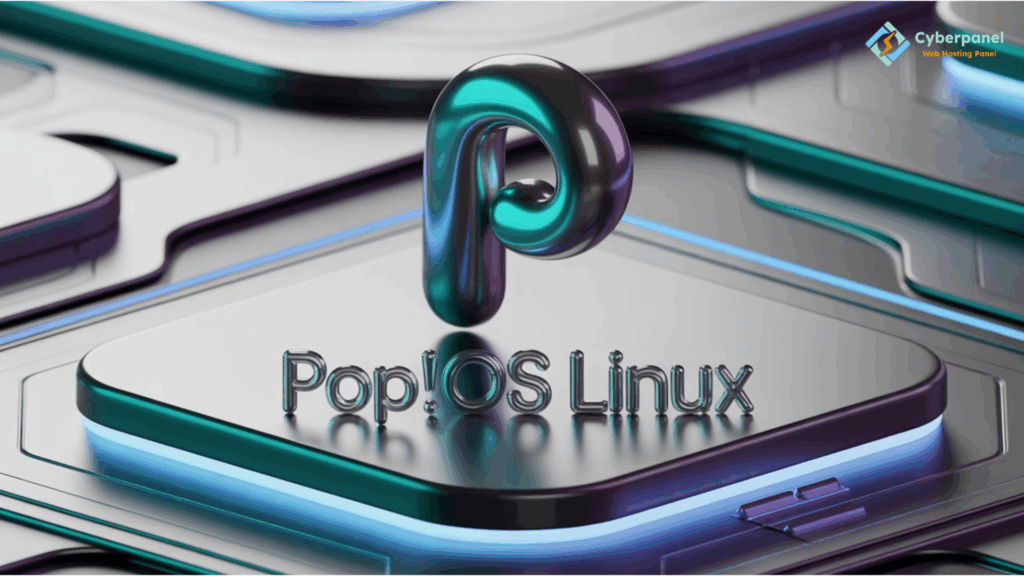
Pop Linux demands your attention when you boot it up. One of the first things you will notice is just how sleek it looks. Lots of users who switch from other distros feel they finally have a fast and friendly desktop that doesn’t get in the way. This is why people discuss Pop Linux, and also the […]

